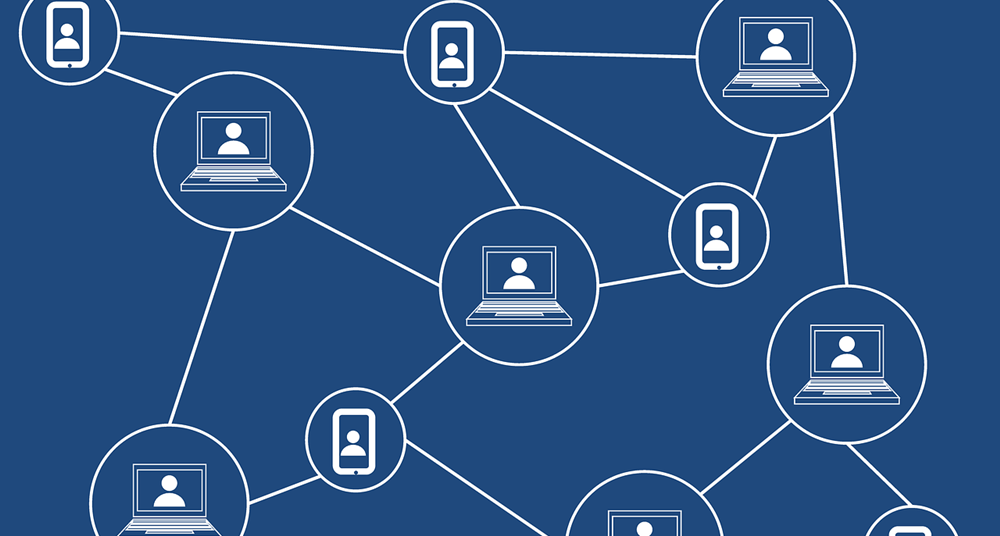
The distributed ledger technology-directed acyclic graph (DAG) has the potential to eliminate the drawbacks of Blockchain, which has gained immense popularity over the last few years.
Just when we thought we had only entered the beginning of the “hype cycle” for blockchain being used to secure networks, devices and applications, DAG fans are saying blockchain could be easily disrupted by this alternative approach.
In an alternative DAG system, there are no blocks and miners. Users can confirm each other’s transactions through a process that involves confirmation of previous transactions with each new transaction. As there are no blocks, block size is no more an issue and hence, the block scaling debate seen in cryptocurrencies such as Bitcoin no more exist.
Instead of having mining firms confirming transactions via proof of work, DAG exercises the transactions made by users to confirm each other’s transactions. As DAG is a peer-confirming system, it can address some limitations of blockchain technology, for example:
- Improved Reliability – The DAG system provides multiple confirmations of transactions. This leads to an improved level of security and decreased possibility of double-spending, compared to transactions made on the blockchain.
- Simplified Mining – Blockchain cryptocurrency (Bitcoin) mining has led to an oligopoly issue. Much of mining power is sent to mining pools and by joining it, miners considerably increase their chance of profitability. This leads to a centralization which directly breaks the main principle of cryptocurrencies.
- Blockchain-free solutions such as DAG solve this issue. DAG presents less power in a technological sense to miners as individual transactions are coupled with the speed at which transactions are processed.
- Increased Speed – low speed challenges are said to be solved by DAG by confirming transactions on a transaction to transaction basis instead of a block to block basis.
In other words, rather than waiting to process a large transaction block, DAG allows users to process each other’s transactions on a micro scale – leading to lowered transaction costs and faster transaction times.
Several other shortcomings of Blockchain addressed by DAG are decentralization of mining which was highly awaited due to difficulties caused by centralization of mining.
And while scale for blockchain may not be a technical challenge today, as transaction volumes increase, hardware may face computational limitations.
To create an ecosystem where transactions happen regularly, it is very important to have low or no transaction fees. Disrupters like IOTA offer zero transaction fees, which could prove valuable particularly when it comes to Internet of Things (IoT) integration.
IOTA uses a mechanism called “Tangle” whose mission is to be the backbone of IoT and to accelerate the proliferation of “The Economy of Things” concept in the market.
ByteBall is working on a non-blockchain smart payments network.
DagCoin is considered by some to be the fastest and scalable network with very low transaction fees.
Though one cannot avoid the fact that there are more developers on the Blockchain side, the need of a robust system in cryptocurrencies like DAG are attempting to disrupt the very technology that is disruption the world of secure digital transaction blockchain’s enterprise vision is based on.
DAG fans are saying blockless distributed ledgers will be the new standard in cryptocurrencies as more and more systems developers become aware.
Will DAG be the future for cryptocurrency? We’ll continue to follow this space.
Edited by
Ken Briodagh





